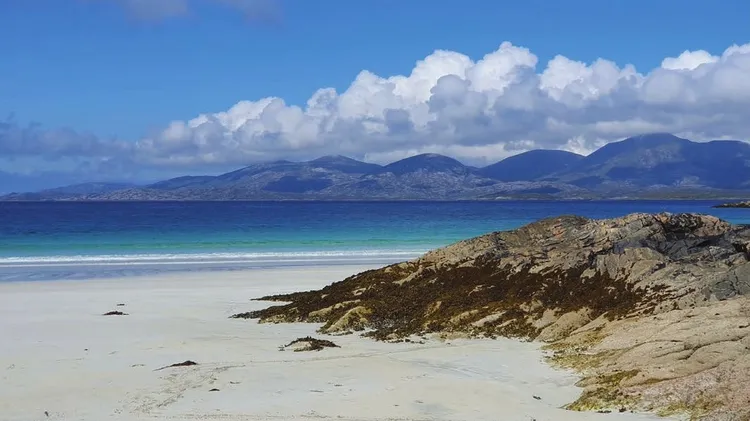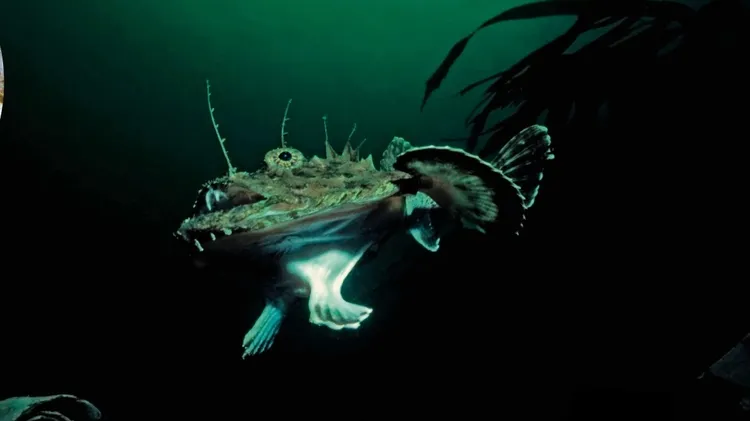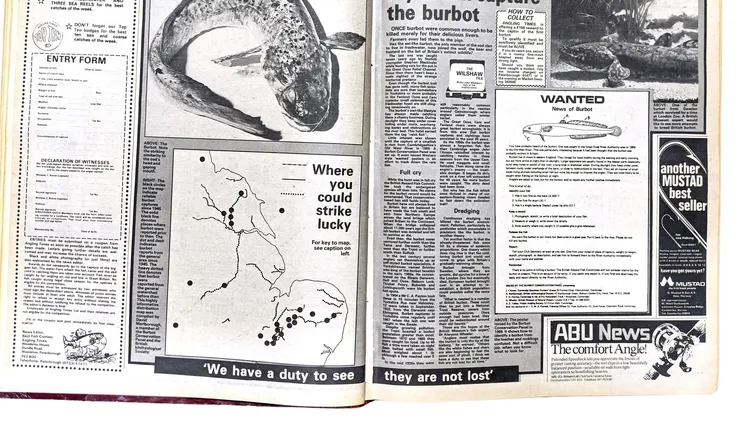Laura Coventry speaks with naturalist and Loch Ness Monster
The nessie sensation began in 1933
2 min read
This article is from...
Read this article and 8000+ more magazines and newspapers on Readly






